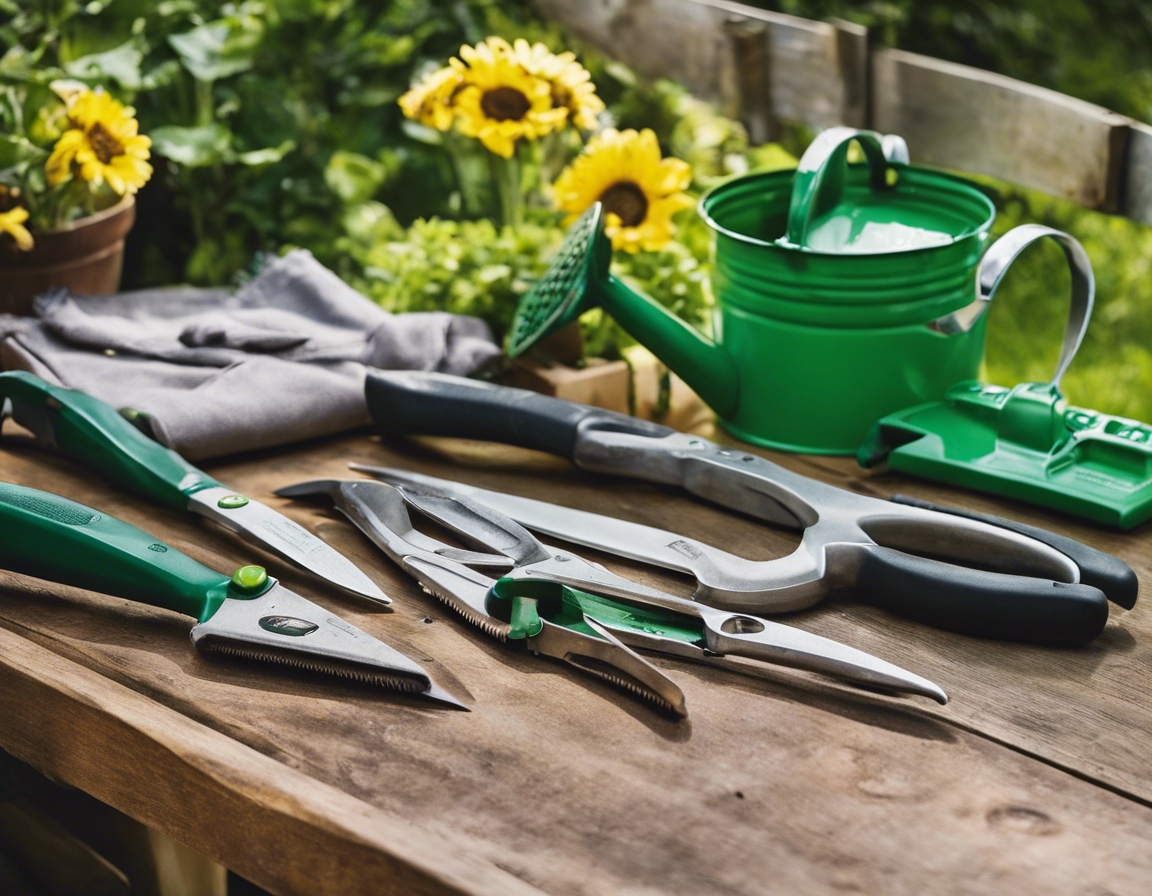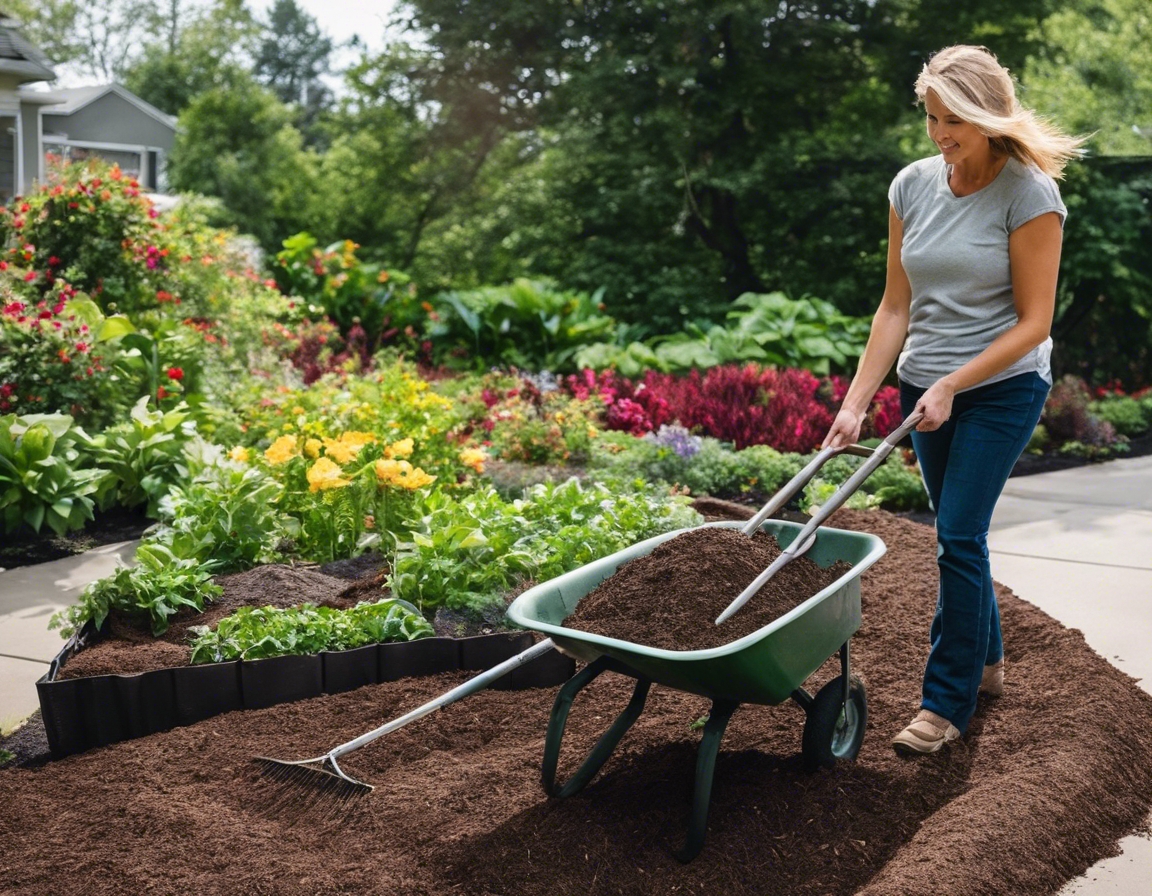Creating a backyard wildlife habitat
Creating a backyard wildlife habitat offers a myriad of benefits, not only for the environment but also for the well-being of homeowners and the community. It supports biodiversity, provides a natural pest control, and creates a serene and therapeutic space for people to connect with nature.
Wildlife requires four basic elements to thrive: food, water, shelter, and space to raise their young. A well-designed habitat will address these needs while also maintaining the natural ecosystem balance.
Planning Your Backyard Wildlife Habitat
Begin by evaluating the size, climate, and existing ecosystem of your backyard. This will help determine which types of wildlife you can support and what features to include.
Selecting native plants is crucial for a sustainable habitat. They are adapted to the local climate and soil conditions, require less maintenance, and provide the most benefits to native wildlife.
Water features such as birdbaths, ponds, or water gardens attract a variety of wildlife and can serve as a focal point in your habitat design.
Shelter can be provided through natural means like shrubs and trees or by installing birdhouses and bat boxes. These areas offer protection and places for wildlife to raise their young.
Implementing Your Habitat Design
Food sources can include native plant species that produce nuts, berries, and nectar, as well as supplemental feeders for birds and other animals.
Employing sustainable practices such as composting, rainwater harvesting, and avoiding pesticides ensures the health of your habitat and its inhabitants.
Depending on the wildlife you wish to attract, certain features like butterfly gardens, frog ponds, or hummingbird feeders can be incorporated into your habitat.
Maintaining Your Wildlife Habitat
Regular maintenance such as pruning, mulching, and water feature care are essential for the longevity of your habitat. Seasonal changes may also require specific adjustments to the landscape.
Keeping a record of the wildlife that visits your habitat can help you understand its impact and make any necessary improvements.
Sharing your wildlife habitat with the community can inspire others to create their own and contribute to a larger network of natural spaces for wildlife.





Comments (0)